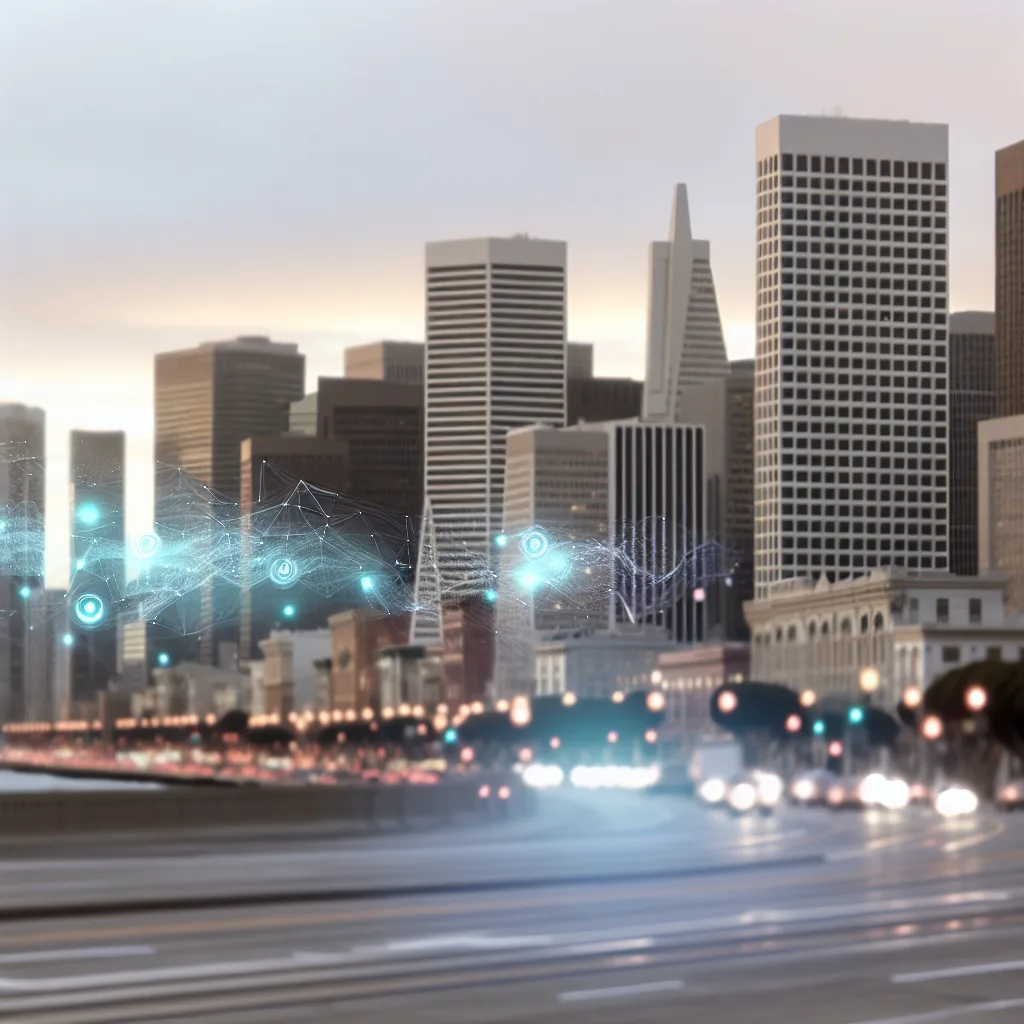Understanding AI’s Impact on Jobs in San Francisco, New York, and Beyond
If you look back to the 1970s, you see a time when industrial decline hit many cities hard. Factories closed, jobs vanished, and the economic landscape changed dramatically. Now, fast forward to today, and there’s a new challenge on the horizon: AI job disruption. This isn’t just about machines taking over manual labor; it’s about AI reshaping entire job markets, especially in tech hubs like San Francisco, San Jose, New York, and Washington.
What Is AI Job Disruption?
AI job disruption means certain jobs could disappear or change fundamentally because artificial intelligence can perform them more efficiently or just differently. Unlike the industrial decline of the 70s, which mostly affected manufacturing, AI threatens to transform white-collar jobs, creative professions, and more. It’s a different kind of shift, but potentially just as impactful.
Cities on the Front Lines
Recent research by the Brookings Institution points to significant risks in places like San Francisco and New York, where AI could disrupt work on a large scale. These cities have dense populations of workers in tech, finance, and government sectors — areas where AI tools can automate routine tasks, analyze massive amounts of data quickly, or assist with decision-making.
Take San Francisco, for example. Known for its tech-driven economy, many roles in software development, marketing, and customer support might change radically. AI can help write code, generate content, and even handle customer inquiries through chatbots — jobs once thought safe from automation.
In New York and Washington, AI’s impact may be felt in financial services, legal professions, and public administration. Tasks like document review, data analysis, and even drafting routine reports can be streamlined or replaced by AI systems.
What Makes AI Job Disruption Different?
Here’s the thing: the industrial decline was pretty visible and tangible. People saw factories close and knew what was coming. AI job disruption is more subtle. It changes how work is done rather than just removing jobs outright. Some jobs will evolve; others may vanish.
And the pace might be faster. AI tools improve rapidly, which means adaptation is urgent. Workers and cities that can’t keep up may face economic strain.
What Can Be Done?
Understanding AI job disruption means preparing for change. Here are a few thoughts:
- Reskilling and Upskilling: For individuals, learning new skills that AI can’t easily replicate is vital. Think creativity, emotional intelligence, and complex problem-solving.
- Policy and Support: Governments and communities need to offer support — from job retraining programs to social safety nets.
- Embracing AI Tools: Sometimes, working alongside AI can amplify human skills rather than replace them.
The Brookings Institution offers great insights if you want to dive deeper Brookings Report on AI and Jobs.
Looking Forward
We’re at a crossroads that echoes historic shifts like the 1970s industrial decline. But the nature of work is evolving rapidly with AI. Cities like San Francisco, New York, and Washington will be examples of how societies adapt or struggle with this change.
For anyone curious about the future of work, keeping an eye on how AI job disruption unfolds is key. It’s not about AI taking over but about how we choose to work alongside it.
Additional Resources
Understanding AI job disruption isn’t just for economists or techies. It’s something that could impact your neighborhood, your friends, and even your career path. So having these conversations now helps us prepare for a future that, while uncertain, is not predetermined.
Let’s keep learning and adapting — just like cities did during the industrial declines of the past.
